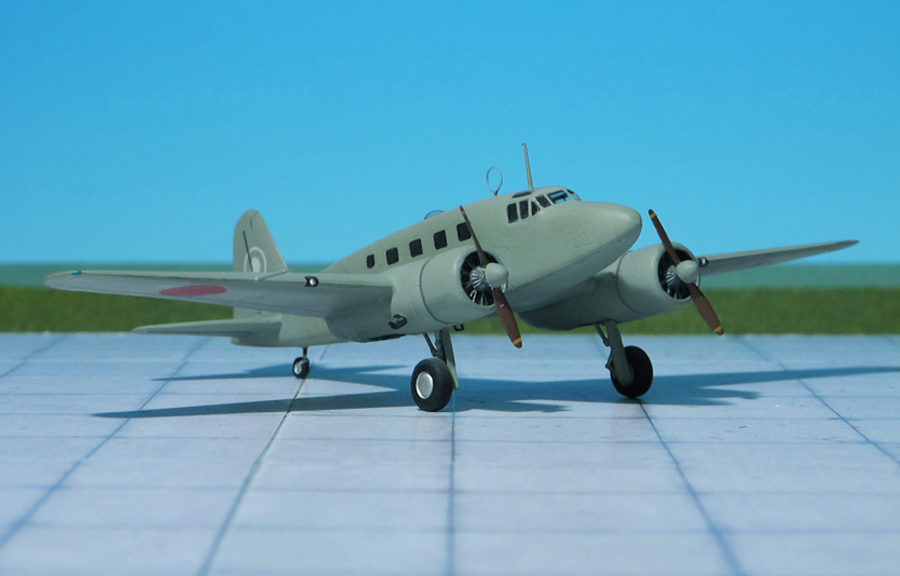TYPE: Trainer and light transport aircraft
ACCOMMODATION: Crew of two plus eight passengers or equivalent cargo
POWER PLANT: Two Hitachi Ha-13a radial engines, rated at 510 hp each
PERFORMANCE: 233 mph
COMMENT: The Tachikawa Ki-54 was a Japanese twin-engine advanced trainer and light transport aircraft used during WW II. The aircraft was developed in response to an Imperial Japanese Army Air Force requirement for a twin-engine multi-purpose trainer, principally for crew training. The prototype first flew in summer 1940 and, on completing trials, entered production in 1941 as “Army Type 1 Advanced Trainer Model A” (Tachikawa Ki-54a). The Ki-54a was soon followed by the Tachikawa Ki-54b as “Army Type 1 Operations Trainer Model B” and Tachikawa Ki-54c as “Army Type 1 Transport Model C”.
The Tachikawa Ki-54c was a light transport and communication version characterized by its smooth upper fuselage line and was fitted with eight seats. A similar version was built in small numbers as Tachikawa Y-59 for civil operators. Late in the war an all-wood version of the Ki-54c, the Tachikawa Ki-110 was built, but the aircraft was destroyed during an American air raid.
As a crew trainer and light transport, the Tachikawa Ki-54 was one of the most successful Japanese aircraft of the war and was well known to the Allies which named it “Hickory” regardless of the version. The code name “Joyce” was erroneously assigned to a non-existent light bomber version.
A total of 1,368 Ki-54 were built by Tachikawa Hikoki K.K. during the war. A few captured aircraft were flown after the war by various users (Ref.: 1, 24).












